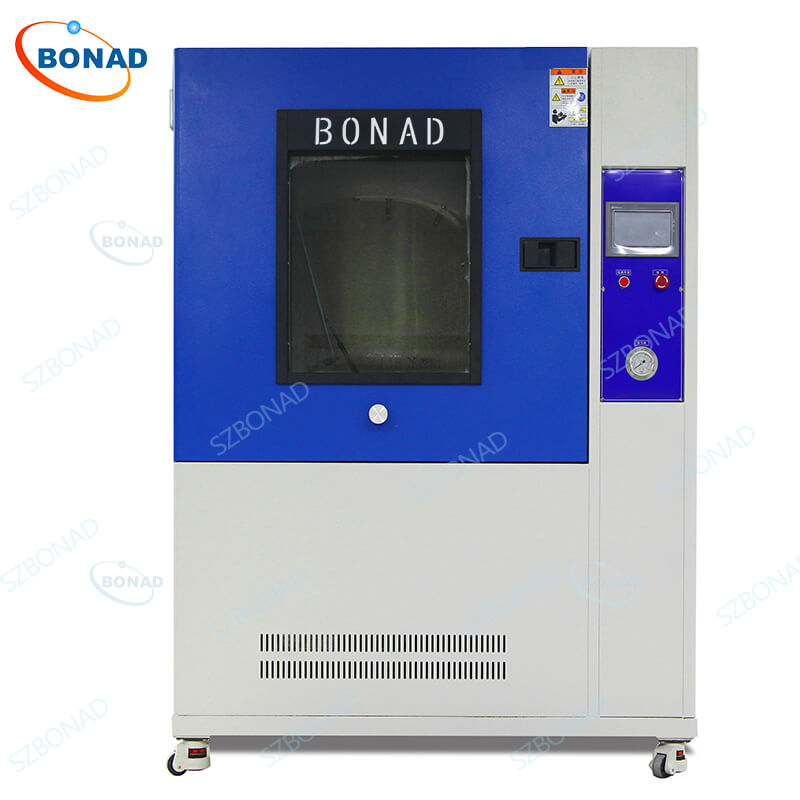As the automotive industry continues to evolve, the demand for waterproof and dustproof electronic components in vehicles has significantly increased. Connector housings, being a vital part of automotive electronics, require rigorous protection level testing. One of the essential tests to evaluate their waterproof capabilities is the IPX9K High Temperature Pressure Jet Waterproof Test.
Principle of the IPX9K High Temperature Pressure Jet Waterproof Test
The IPX9K test involves subjecting connector housings to high-temperature and high-pressure water jets. This process simulates extreme environmental conditions that the connectors might encounter during actual use. The primary goal is to ensure that these housings can withstand such conditions and function effectively without any compromise.
Equipment Used in IPX9K High Temperature Pressure Jet Waterproof Test
Conducting an IPX9K test necessitates specialized equipment. The typical setup includes a water spray system, a heating system, a pressure control system, and a test chamber. The water spray system generates high-temperature, high-pressure jets, while the heating system raises the water temperature. The pressure control system maintains consistent water pressure, and the test chamber provides an enclosed environment for thorough spraying of the connector housing.

Procedures for Conducting IPX9K High Temperature Pressure Jet Waterproof Test
- Securely mount the connector housing on the test bench.
- Set the temperature and humidity inside the test chamber to specified standards.
- Activate the water spray system and adjust water pressure and temperature to required levels.
- Spray the connector housing and monitor its performance under water jet impact.
- Continue spraying for the designated duration.
- Deactivate the water spray system and normalize temperature and humidity in the test chamber.
- Remove the connector housing for inspection of appearance and performance.
- Analyze test data to assess waterproof performance.
Standards for IPX9K High Temperature Pressure Jet Waterproof Test
The testing standards for IPX9K are based on international protection rating standards (IP code). An IPX9K rating indicates that a connector housing can operate normally under high-temperature and high-pressure water jets without damage. Key aspects of these standards include:
- Water Pressure: Maintain stable and sufficiently high water pressure to simulate extreme environments.
- Water Temperature: Ensure water temperature reaches specified levels, typically higher to mimic hot climate conditions.
- Spray Angle: Cover the entire surface of the connector housing with water jets for comprehensive testing.
- Test Duration: Conduct tests long enough to observe performance under prolonged exposure to water jets.
- Result Evaluation: Thoroughly inspect and evaluate appearance and performance post-test to confirm compliance with waterproof and dustproof requirements.
By adhering to these procedures and standards, manufacturers can ensure that their automotive connector housings meet stringent waterproofing criteria, thereby enhancing their reliability in real-world applications.


